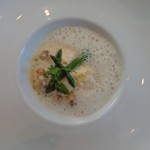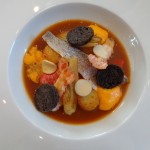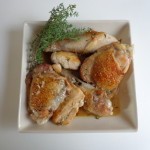 There’s something slightly wild about this chicken infused with honey, thyme and garlic. A smidgen of cumin adds a touch of the exotic. Just thinking about it sends me on a memory trip down to the Mediterranean, where thyme grows sprawling over the hills. Now that summer is nearly upon us (those of us in the northern hemisphere, that is), treat yourself to this flavorful dish, which is remarkably quick and easy to prepare.
There’s something slightly wild about this chicken infused with honey, thyme and garlic. A smidgen of cumin adds a touch of the exotic. Just thinking about it sends me on a memory trip down to the Mediterranean, where thyme grows sprawling over the hills. Now that summer is nearly upon us (those of us in the northern hemisphere, that is), treat yourself to this flavorful dish, which is remarkably quick and easy to prepare.
Poulet au miel et au thym / Chicken with honey and thyme
You will of course get best results if you use a free-range chicken. The flavor is denser, and the bird healthier. I realized to what extent this is true in a back-handed way when my neighbor in the country, who raises battery chickens, told me about her line of work. Every three months she receives 10,000 baby chicks. She raises them in an enclosed space, each in its own cage, until they get large enough to sell. Then somebody comes to collect them for their trip to the slaughterhouse. I am very fond of this neighbor, but find the process to be absolutely appalling. Free-range chickens, on the other hand, wander freely about the farmyard and may eat what they find out there. Organic chickens, too.
On a different front, at some point over the next week I will be offering you my first guest post. It’s strawberry and rose petal jam, courtesy of Lindy Sinclair, an Australian friend with a fabulous place down in the rugged Ardèche region of France. She is a fantastic gardener and makes a fantastic jam. I know, because we had the pleasure of tasting it a while back. So that’s something to look forward to. In the meantime, happy cooking!

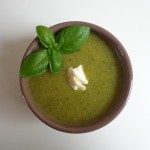

 The very thought of this flavor-packed spread evokes gnarled olive groves and thyme growing wild by the side of the road in southern France, where tapenade originated. Ubiquitous in Provence, it is usually made with black olives, but green olives are sometimes used. It may be made with garlic or without, with a dash of cognac or none. You can serve it on toast or as a dip at cocktail hour, and it also works well as a sauce for fish.
The very thought of this flavor-packed spread evokes gnarled olive groves and thyme growing wild by the side of the road in southern France, where tapenade originated. Ubiquitous in Provence, it is usually made with black olives, but green olives are sometimes used. It may be made with garlic or without, with a dash of cognac or none. You can serve it on toast or as a dip at cocktail hour, and it also works well as a sauce for fish.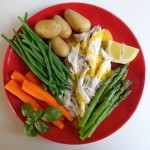

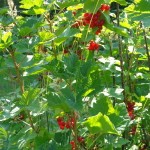

 If I were a vegetable, I’d like to start my life in spring. The tenderest peas, the sweetest onions, the most darling little carrots and turnips emerge at this time of year. The markets in France are overflowing with beautiful young veggies. And what better idea for a chef that to combine them in the bright and lovely dish known as a jardinière — literally, a garden box — of vegetables.
If I were a vegetable, I’d like to start my life in spring. The tenderest peas, the sweetest onions, the most darling little carrots and turnips emerge at this time of year. The markets in France are overflowing with beautiful young veggies. And what better idea for a chef that to combine them in the bright and lovely dish known as a jardinière — literally, a garden box — of vegetables.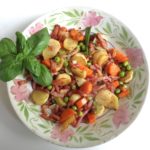 The veggies (except the peas), along with the bacon if you’re using it, are sautéed in olive oil until just beginning to brown. Then they are braised briefly in water — this produces a succulent sauce. The peas are added at the last minute.
The veggies (except the peas), along with the bacon if you’re using it, are sautéed in olive oil until just beginning to brown. Then they are braised briefly in water — this produces a succulent sauce. The peas are added at the last minute.


